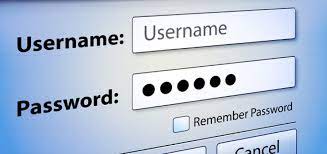Hackers may have found another way of tracking you via seemingly harmless autocomplete passwords. Here’s what you need to know.
Why auto-fill passwords are so dangerous
Certain web browsers have integrated features that enable usernames and passwords to be automatically entered into a web form. There are also password manager applications that have made it easy to access login credentials. But these aren’t completely safe. They can become a liability if hackers gain access to computers or browsers.
For example, if a hacker gains access to just one account, it’ll be easier for them to obtain access to other accounts because the autocomplete feature will fill in all other saved credentials.
Tricking a browser or password manager into giving up saved information is incredibly simple. All a hacker needs to do is place an invisible form on a compromised webpage to collect users’ login information.
Using auto-fill to track users
For over a decade, there’s been a password security tug-of-war between hackers and cybersecurity professionals. Little do users know that shrewd digital marketers also use password auto-fill to track user activity.
One simple security tip for today
A quick and effective way to improve your account security is to turn off auto-fill in your web browser. Here’s how to do it:
- If you’re using Chrome – Open the Settings window, click Advanced, and select the appropriate settings under Manage Passwords.
- If you’re using Firefox – Open the Options window, click Privacy, and under the History heading, select “Firefox will: Use custom settings for history.” In the new window, disable “Remember search and form history.”
- If you’re using Safari – Open the Preferences window, select the Auto-fill tab, and turn off all the features related to usernames and passwords.
Being cautious about your password security habits can go a long way in protecting your sensitive data. For managed, 24/7 cybersecurity assistance that goes far beyond protecting your privacy, call us today.


